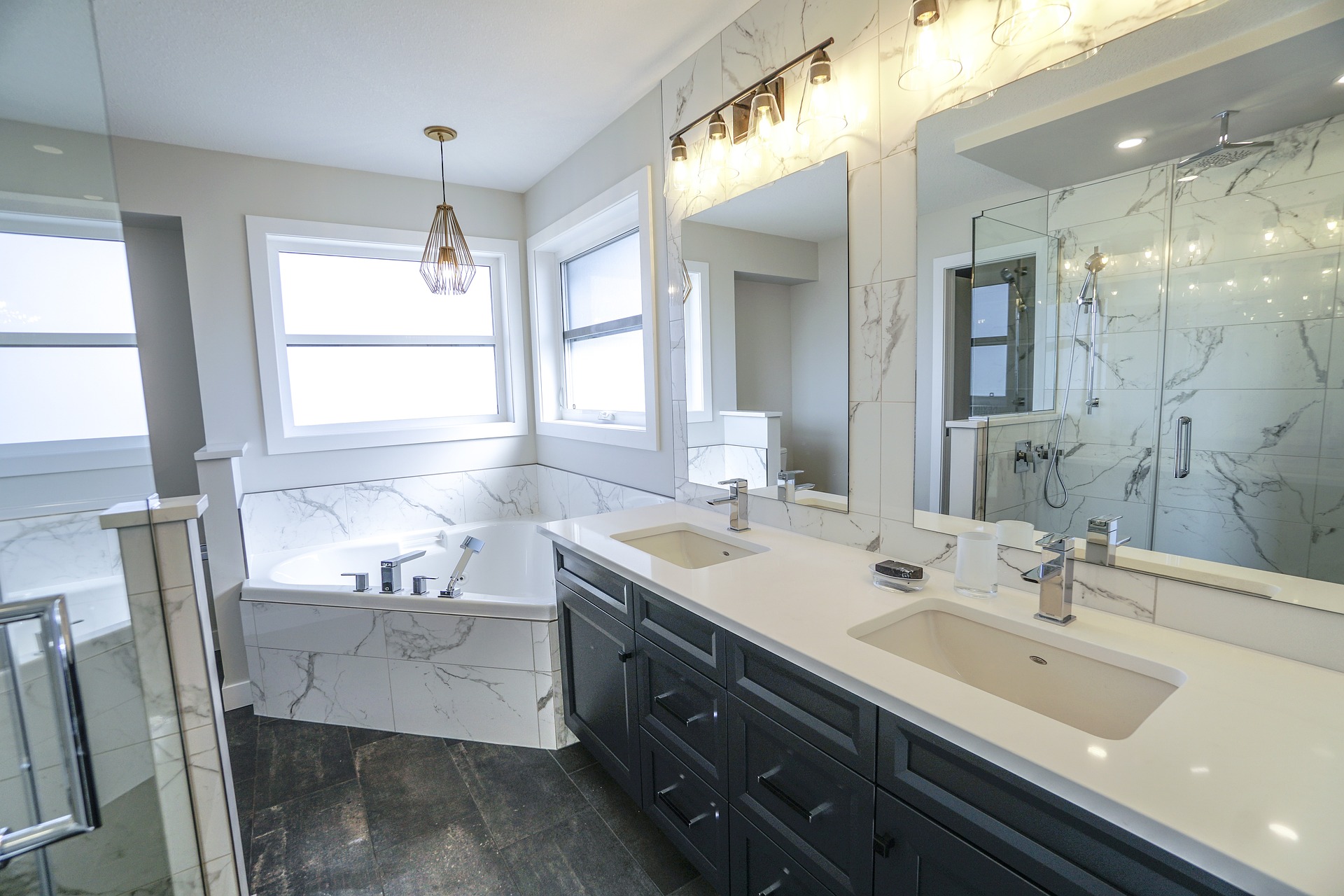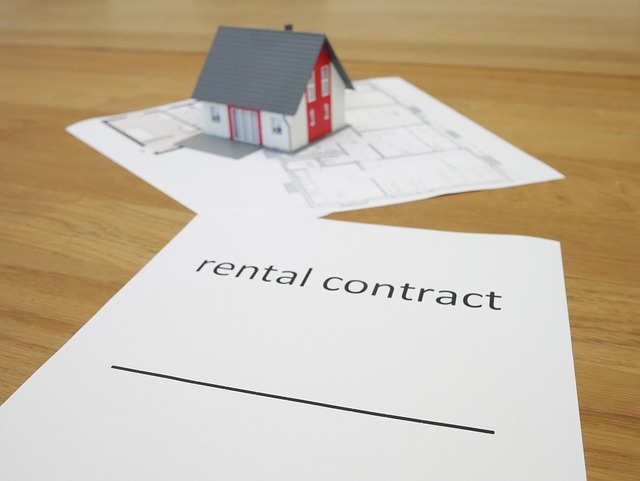Your Ultimate Guide to Bathroom Remodeling in the US
Remodeling a bathroom can be a game-changer for your home’s comfort and resale value. Whether you’ve seen an ad showcasing a luxury faucet, LED mirror or smart toilet, this article helps you bring those ideas to life. Learn how to choose the right materials, calculate remodeling costs, and avoid delays that drive up your budget. It’s not just a makeover — it’s an upgrade in quality of life.
Bathroom remodeling represents one of the most impactful home improvement projects, offering both enhanced daily living experience and potential property value increase. The average American bathroom serves multiple purposes—from practical morning routines to relaxing evening rituals—making thoughtful renovation particularly rewarding. Before diving into demolition, however, understanding the full scope of a bathroom remodel helps ensure your project meets both your vision and budget constraints while navigating the unique challenges of bathroom construction.
Creating Your Bathroom Remodel Checklist
Planning a successful bathroom renovation begins with a comprehensive checklist that guides you through each phase of the project. Start by assessing your current bathroom’s limitations and identifying your priorities. Are you seeking improved functionality, updated aesthetics, or both? Document your must-haves versus nice-to-haves, including fixtures, storage solutions, and special features like heated floors or smart technology.
Next, establish a realistic timeline accounting for design, permitting, demolition, construction, and finishing touches. Most complete bathroom remodels take between 3-6 weeks, though extensive projects involving structural changes may require longer. Your checklist should also include decision deadlines for selecting materials, as many specialty items require advance ordering to prevent project delays.
Finally, incorporate contingency planning into your checklist. Bathroom renovations frequently uncover hidden issues like water damage or outdated plumbing that need addressing. Setting aside 10-15% of your budget for unexpected expenses ensures you’re prepared for these discoveries without derailing your project.
Understanding Bathroom Remodeling Costs
Bathroom renovation costs vary significantly based on scope, materials, location, and labor requirements. A minor refresh might range from $3,000-$10,000, while midrange remodels typically cost $10,000-$25,000. Upscale or master bathroom transformations can exceed $30,000, particularly when involving layout changes or premium fixtures.
Labor typically comprises 40-60% of total project costs, with plumbing and electrical work commanding premium rates due to the specialized skills required. Material costs vary dramatically based on quality tier—standard ceramic tile might cost $2-5 per square foot, while designer porcelain or natural stone options can range from $15-50 per square foot.
Regional variations significantly impact overall costs. Metropolitan areas like New York, San Francisco, and Los Angeles typically see 20-30% higher remodeling costs than the national average, while some midwestern and southern regions may offer more competitive pricing.
Prices, rates, or cost estimates mentioned in this article are based on the latest available information but may change over time. Independent research is advised before making financial decisions.
How to Select the Right Contractor for Your Bathroom Project
Finding a qualified bathroom remodeling contractor requires thorough vetting beyond basic internet searches. Begin by seeking recommendations from friends, family, or neighbors who have completed similar projects. When interviewing potential contractors, verify their licensing, insurance, and specific experience with bathroom renovations—which differ significantly from general construction due to plumbing, waterproofing, and ventilation requirements.
Request detailed written estimates from at least three contractors, ensuring each proposal covers identical scope and materials for fair comparison. Beyond price, evaluate communication style, project timeline commitments, and payment schedules. Reputable contractors typically request 25-33% upfront, with remaining payments tied to project milestones rather than demanding large advance payments.
Review the contractor’s portfolio of completed bathroom projects, focusing on those similar to your planned renovation. Don’t hesitate to contact references to inquire about reliability, cleanliness, problem-solving abilities, and whether the project finished on time and within budget. Remember that the lowest bid isn’t always the best value—experience, reliability, and craftsmanship often justify moderate price premiums.
Trending Bathroom Fixtures and Design Ideas
Contemporary bathroom design increasingly emphasizes both functionality and wellness. Touchless faucets, previously considered luxury items, have become mainstream fixtures offering both convenience and hygiene benefits. Similarly, smart showers with programmable temperature controls and water-saving technology continue gaining popularity across various price points.
Freestanding soaking tubs have replaced bulky jetted tubs in many renovations, creating visual space while providing relaxation benefits. For smaller bathrooms, wall-mounted vanities and toilets maximize floor space and facilitate easier cleaning. Materials trending in 2023 include large-format porcelain tiles that minimize grout lines, matte black fixtures offering modern contrast, and warm wood tones that add natural elements to otherwise cool bathroom environments.
Sustainability remains a driving force in bathroom design, with low-flow toilets, water-saving faucets, and LED lighting becoming standard rather than optional upgrades. Many homeowners now incorporate reclaimed or sustainably sourced materials where possible, balancing environmental concerns with durability requirements specific to high-moisture environments.
Bathroom Remodeling Product and Material Comparison
| Product Category | Standard Option | Mid-Range Option | Premium Option |
|---|---|---|---|
| Toilets | American Standard Cadet ($200-300) | Kohler Cimarron ($350-450) | Toto Neorest ($2,000+) |
| Vanities | Home Decorators Collection (24” $300-500) | Allen + Roth (30” $700-900) | Restoration Hardware (36” $2,000+) |
| Shower Systems | Delta Basic Shower Kit ($150-250) | Moen Magnetix System ($300-500) | Grohe SmartControl ($800-1,200) |
| Flooring (per sq ft) | Ceramic Tile ($2-5) | Porcelain Tile ($5-15) | Natural Stone/Heated ($15-30) |
| Bathtubs | Bootz Aloha ($300-400) | American Standard Cambridge ($700-900) | Kohler Underscore ($1,500+) |
Prices, rates, or cost estimates mentioned in this article are based on the latest available information but may change over time. Independent research is advised before making financial decisions.
Planning Your Bathroom Renovation Timeline
Realistic timeline expectations help manage the disruption a bathroom remodel inevitably causes. For a standard full bathroom renovation, allocate 2-3 weeks for planning and material selection before construction begins. The demolition phase typically requires 1-2 days, followed by rough-in plumbing and electrical work taking 2-4 days depending on complexity.
Waterproofing and tile installation represent significant timeline components, requiring 3-7 days depending on design complexity and drying requirements between stages. Fixture installation, including vanity, toilet, and shower components, generally takes 1-2 days, while final touches like painting, hardware installation, and accessories require another 1-2 days.
Throughout the process, build in buffer time for inspections, material delays, and unexpected issues. Many homeowners find creating a temporary bathroom solution essential during renovation, especially in single-bathroom homes. Planning your project during seasons when outdoor showering might be possible or when you can conveniently access alternative facilities minimizes lifestyle disruption during the transformation process.
A successful bathroom remodel balances thoughtful planning, realistic budgeting, and careful contractor selection. By understanding current design trends while prioritizing functionality for your specific needs, you’ll create a space that enhances both daily life and property value. Whether undertaking a modest refresh or comprehensive transformation, the effort invested in proper preparation ultimately determines your renovation’s success and longevity.





